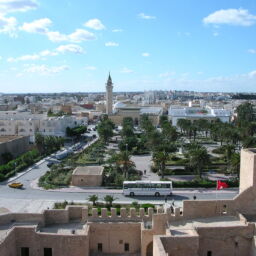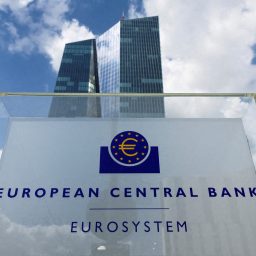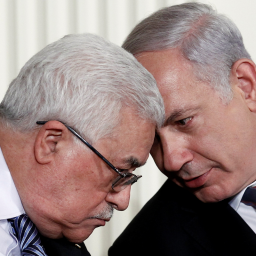Mexico, the land of diversity

Strategically located between the Americas, Mexico is among the world’s 15 largest economies and the second-largest economy in Latin America with a population of almost 130 million, a rich cultural history and diversity, and abundant natural resources. Mexico ranks first in the Americas and 7th in the world for the number of UNESCO World Heritage Sites. Apart from this, Mexico is an ecologically megadiverse country, ranking 5th in the world for its natural biodiversity. Mexico the second-most populous country in Latin America after Brazil, and the most populous Spanish-speaking country in the world. It is a country with a variety of ethnic groups, where Mexican Mestizo are the largest group with about 62%, followed by predominantly Amerindians with 21%, Amerindians (the indigenous peoples of the Americas) 7%, and people with a European background 9% (reports by Nations online).
Mexico is bordering the United States in the north, and Belize and Guatemala in the south east. It also shares maritime borders with Cuba and Honduras. Aided by its proximity to the US market, the county has established itself as an important manufacturing and export powerhouse, due in part to extensive oil, gas and mineral reserves; public and private universities; a young population; and a booming tourism industry.
The country has strong macroeconomic institutions and it is open to trade. However, over the last three decades, Mexico has underperformed in terms of growth, inclusion and poverty reduction compared to similar countries. Its economic growth averaged just above 2 per cent a year between 1980 and 2018, limiting progress in convergence relative to high-income economies.
The bright spot on the horizon remains the country’s tourism sector, which attracts millions of global travellers per year. Mexico receives a significant number of tourists every year; in 2018, it was the 6th most-visited country in the world, with 39 million international arrivals.
Since 2007, Mexico’s powerful drug-trafficking organizations have engaged in bloody feuding, resulting in tens of thousands of drug-related homicides. Winning the 2018 presidential elections on a populist, anti-corruption ticket, the priorities of the administration of President Andrés Manuel López Obrador are focused on reducing violence, as well as stemming the flow of Central American migrants and asylum seekers on their way to the US.
The global financial crisis in late 2008 caused a massive economic downturn in Mexico the following year, although growth returned quickly in 2010. As of now, beyond the health and human life consequences, which are massive across countries, the COVID-19 pandemic brought demand and supply shocks to the Mexican economy with deep impacts on firms, employment, and households.
The combination of the global recession, disruptions in global and domestic supply chains, measures to flatten the contagion curve, financial disruptions and investment risk aversion, among other, are likely to take a heavy toll on the key components of aggregate demand. In this context, a significant contraction of the economy is expected for 2020. Ongoing economic and social concerns include low real wages, high underemployment, inequitable income distribution, and few advancement opportunities for the largely indigenous population in the impoverished southern states.
By Karishma Gwalani















